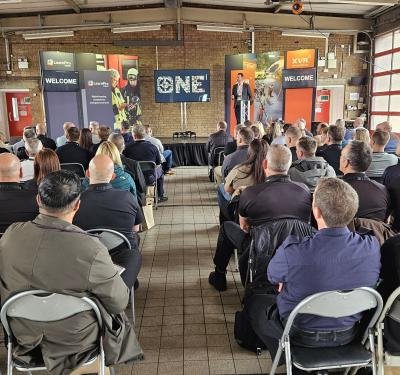XVR used for a bulk fuel exercise in New Zealand
XVR On Scene was used in an elaborate joint-agency simulation exercise at the Fire & Emergency New Zealand (FENZ) National Training Centre earlier this year. The exercise was organised by Denis O’Donoghue, National Bulk Fuel and Multiple Hazard Facilities Advisor. The scenario was built by FENZ Sim Team IT and Simulation Developer Sietse Hof.
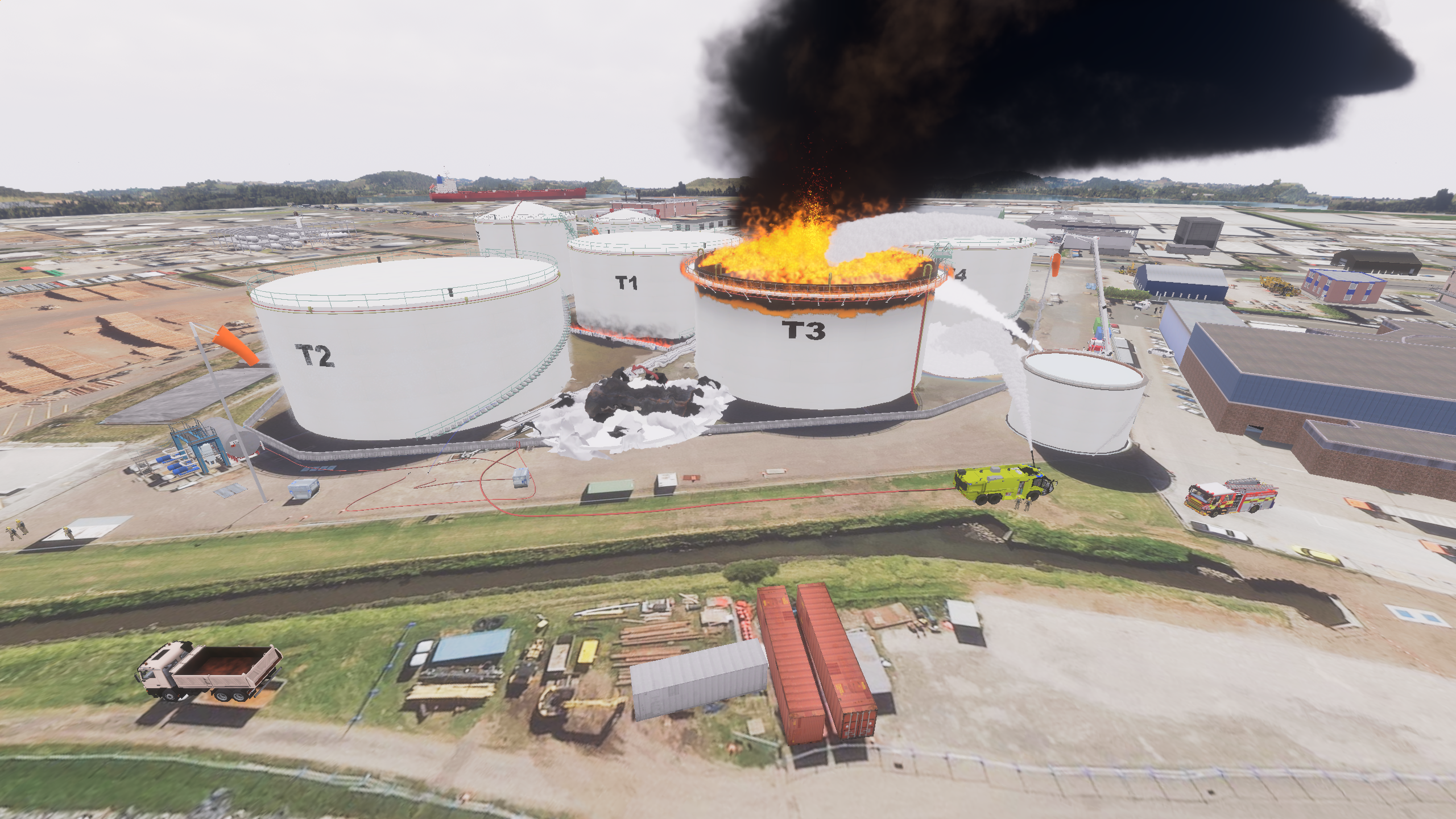
The 3-hour long officer training exercise depicted a large fuel tank overfilling, spilling product into the containment area, as a result of transferring fuel from one tank to another. A nearby ignition source sparked a flash-back fire, resulting in a large-scale tank fire. Sietse Hof spent hundreds of hours building the scenario to reflect the actual installation used for this exercise. He was assisted in developing the scenario by Damian Southorn, who was previously employed as the Emergency Readiness and Response Manager / Fire Chief at Marsden Point Oil Refinery. Damian has returned to FENZ following the closure of Marsden Point and acted as an SME in the building and prepared the injects and scripts along with Gavin Ward.
Fire & Emergency Commanders from Auckland, Hamilton and Tauranga played the parts of Incident Commanders across multiple facility departments, joined by fellow facility colleagues and representatives from fuel installation partner agencies. A total of 29 people from the bulk fuel industry took part in the scenario, and Ambulance and Police were also present to play their part. During the exercise, participants could see the Command screens in the Command Unit as well as view drone footage and ground view pictures, all generated with XVR, while coordinating their actions.
Denis O’Donoghue explained that the exercise set-up coupled with the scenario injects developed and timed by their training centre’s XVR team made the scenario very realistic and credible. He observed that the magnitude and severity of such an incident – and its accompanying potential consequences – quite quickly became clear to all participants, and witnessed how they became aware of the importance of their roles and responsibilities should such an event ever occur in real life.
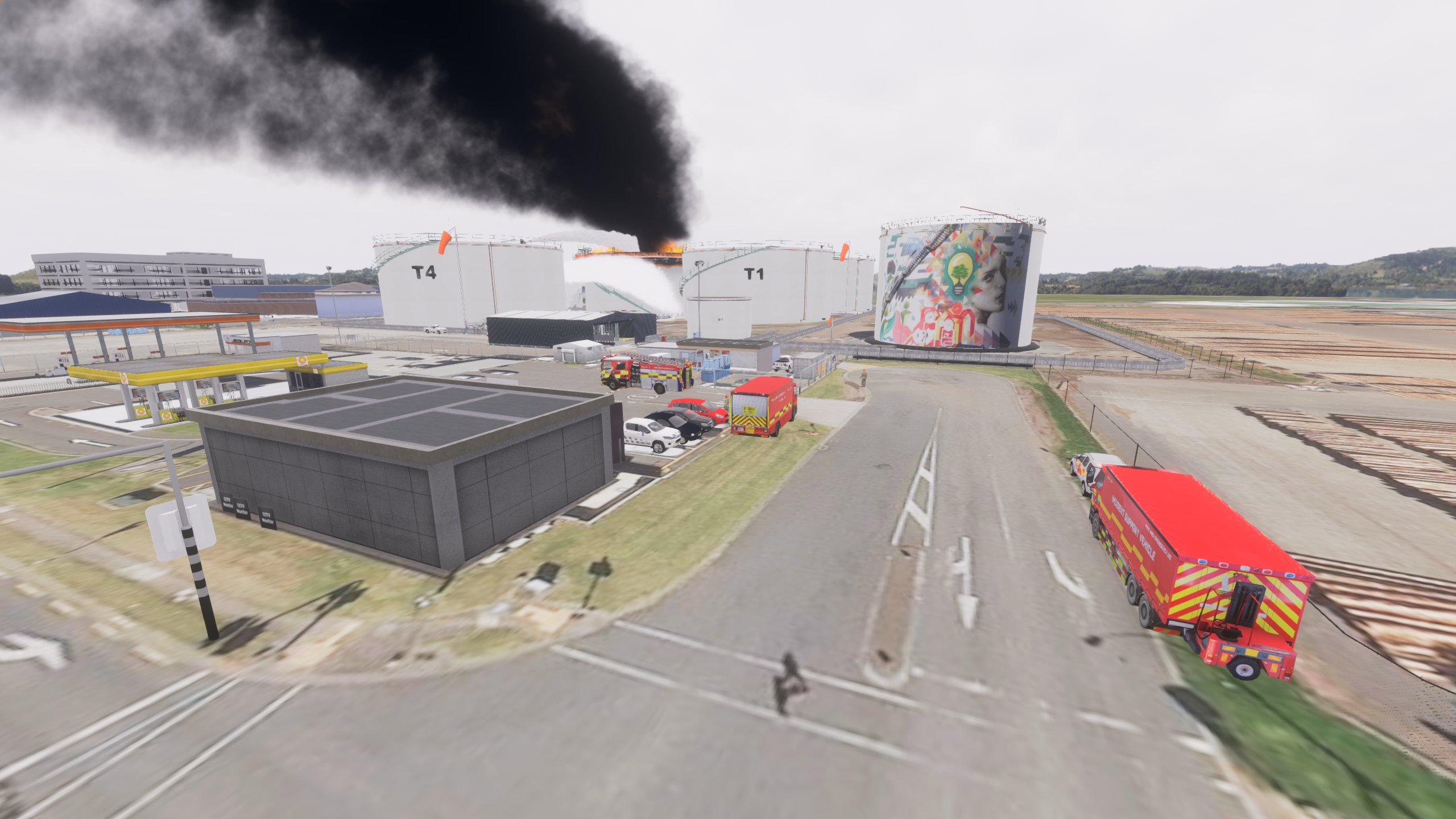
“Having been involved in similar exercises in the past, I can confidently attest that the level of detail, realism, and the pressure applied to stress-test emergency plans and staff competencies rivalled those conducted by the global petroleum company I worked for. For our terminal personnel, this experience was invaluable. It provided them with a new-found appreciation for the management of major emergency responses and the crucial role they can play in such situations,” he said.
As a result of the fire’s progress, all representatives from the eight bulk fuel facilities present at the exercise agreed that they would recommend closing their own facilities, possibly compounding fuel supply chain shortages, which in turn could have large financial consequences.
Denis O’Donoghue is very satisfied with the outcome of the exercise and hopes that there will be more exercises using simulated scenarios in the future. “As a training opportunity for our terminal personnel – money could not buy this experience. I sincerely hope that Fire and Emergency continues to undertake such exercises, where Major Hazard Facilities can actively participate. They not only serve as invaluable training opportunities but also foster stronger relationships between all parties involved – they are invaluable!”
This news item is based on an article published in Fire & Emergency NZ’s Ignite Magazine, which you can read here.
Overview
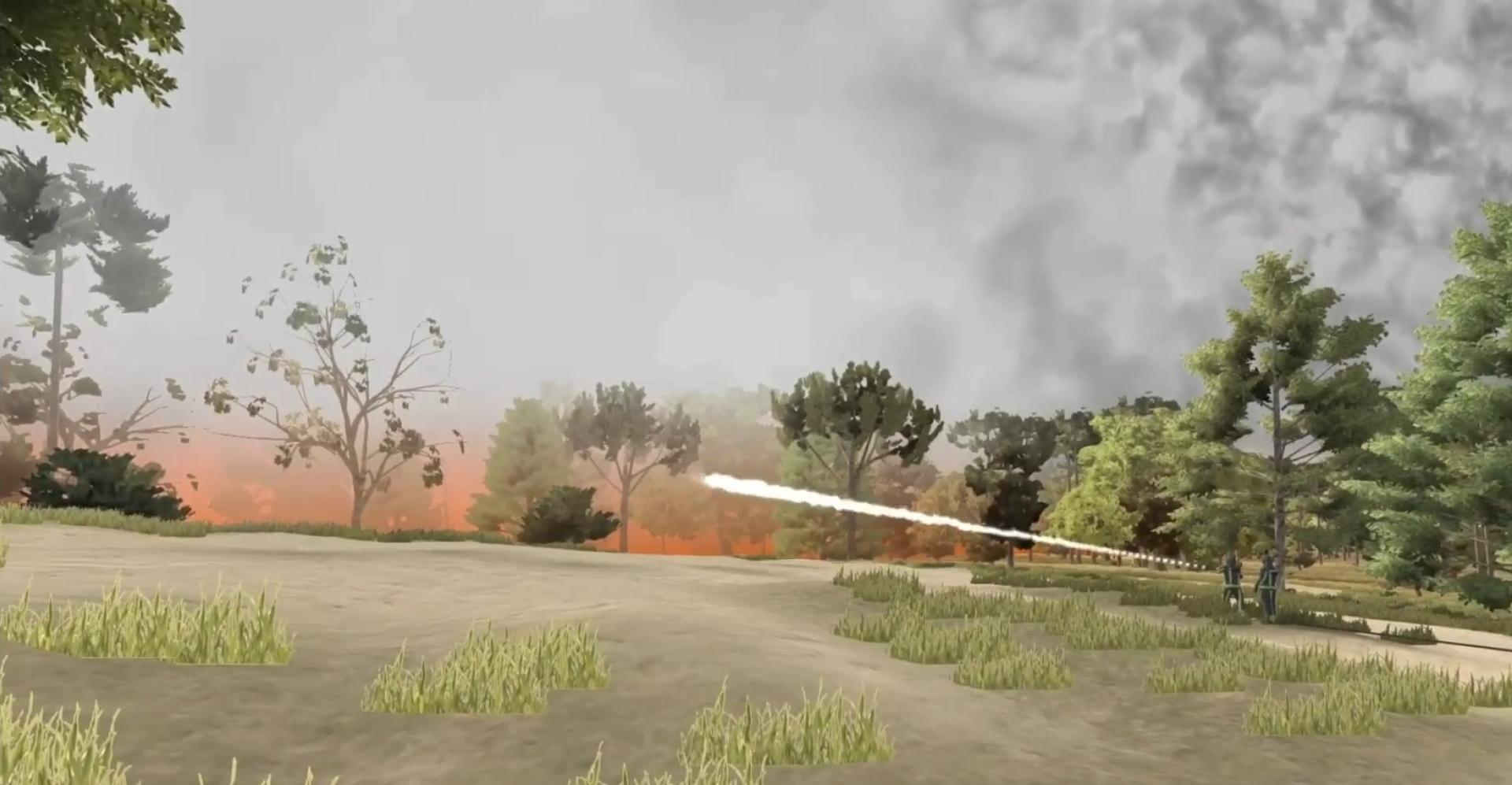
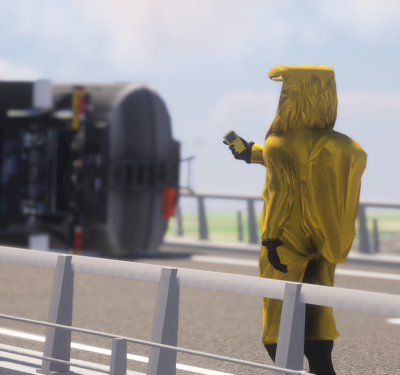
.png?resolution=400x375)
